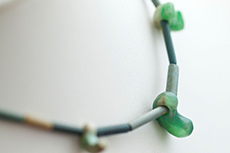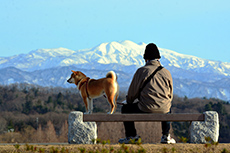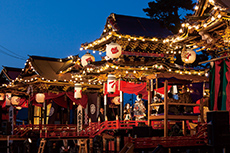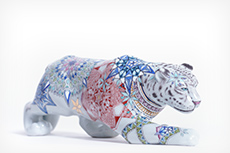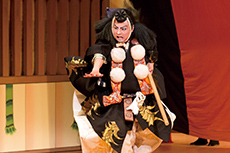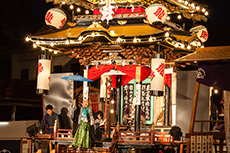Museums & Galleries

MUSEUMS & GALLERIES
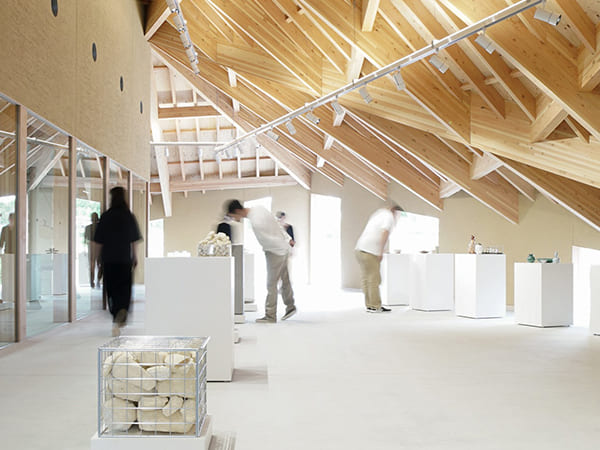
-
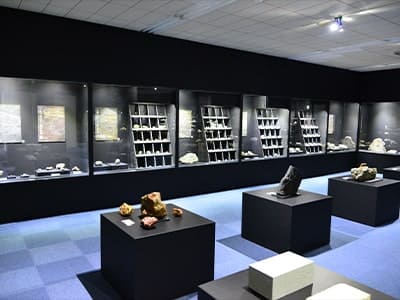
Komatsu City Museum
The first museum of its kind in Ishikawa, gathering materials on Komatsu from across all genres, from nature to history and culture, and even an entire floor dedicated to the city’s proud Heritage of Stone that has gained Japan Heritage status! A convenient starting point for your learning journey on the story of Komatsu.
Map
The museum is located within Rojo Park, and close to the historical districts of Komatsu. -
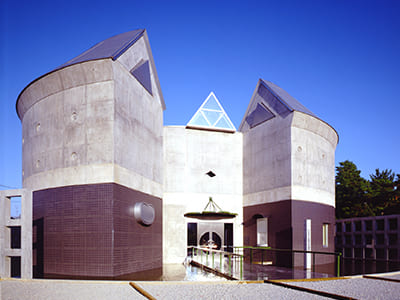
Honjin Memorial Art Museum
The repository of over 1000 pieces of art collected by Honjin Jinichi, the former president of Hokkoku Bank. His collection covers a wide range, including paintings, calligraphy, pottery, sculptures, glass works and many more. The building itself is a work of art, an Edo period warehouse reshaped into a modern cylinder block encircled by water, as designed by renowned architect Kurokawa Kisho .
Map -
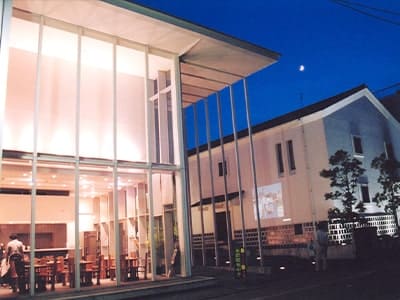
MIYAMOTO Saburo Art Museum
An art museum centered on the works of esteemed Komatsu-born painter, Miyamoto Saburo. The building itself is a work of art, one half a contemporary arrangement of glass and steel, and the the other half built into a former stone warehouse. Exhibitions are constantly rotated, presenting not only new works of Miyamoto Saburo according to different thematic angles, but also that of other Komatsu-affiliated artists.
Map -
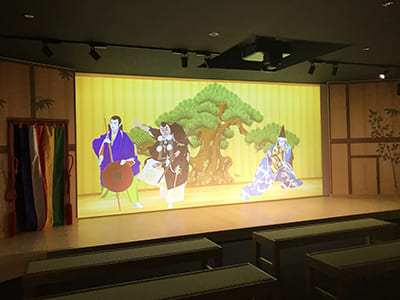
Kanjincho Museum
A museum dedicated to telling the story of Kanjincho, a legendary historical episode which took place in the adjacent Ataka-no-seki Barrier Ruins and adapted into one of Japan’s “18 Best Kabuki Plays”. Not only can you read about the history of the play and Komatsu’s deep-rooted kabuki tradition, but also admire the actual costumes, attend a virtual theater, and have fun at the interactive corner “trying” on costumes, make-up and your own kabuki poses!
Map
Significantly, the museum also sits within the former Ataka port where Kitamae-bune merchant ships used to dock. A display of the hikifune tugboats (used for loading) is accompanied by narrative panels on the story of the Kitamae-bune trade, a precious part of Komatsu history recognized as Japan Heritage.
Related Pages:
Komatsu Share Cycle: A New Way to Explore Komatsu! -
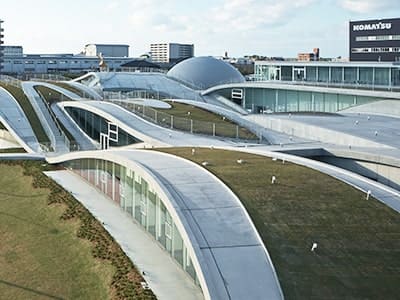
Science Hills
Its futuristic structure, resembling rolling hills, is sure to catch your attention as you walk by Komatsu Station. It is in fact the city’s science museum! Housing a fascinating array of interactive exhibits is fun learning for both the young and young at heart, and even an planetarium where immersive shows from scientific explorations to animated films are screened. (Tip: The “hills” can actually be climbed, for beautiful views of Mt. Hakusan in clear weather!)
Map -
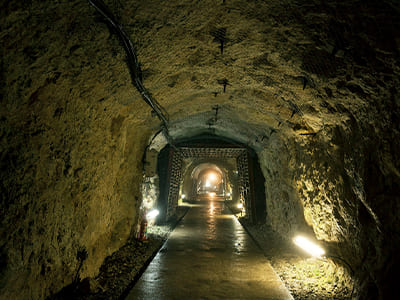
Ogoya Mine Museum & Mine Road
One of Komatsu’s most prominent mines with a history extending back to the 17th century. While humble in its beginnings and struggling through repeated handovers, it overcame all odds to rise in prominence as one of the nation’s top 10 copper producers by 1920. The Yokoyama family that ran the mine even gained the nickname of “Copper Kings of Hokuriku”.
Map
While the eventual decline of the mining industry led to its inevitable closure in 1971, you can still relive their heydays through an entire 553m stretch of the preserved mine tunnel. Life-sized models recreate the ambience and scenes of the busy operations, and if you’re lucky you might even get to ride the mine trolley through the tunnel on certain event days in the year! -
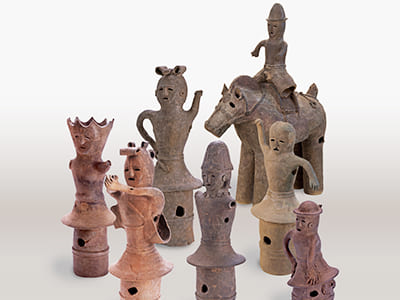
Archaeological Research Center
If you want an immersive learning experience of Komatsu’s stone heritage, this is the place! Apart from a gallery of stone artifacts, including the intriguing haniwa burial figurines, hands-on workshops such as magatama-bead making are regularly conducted…for free!
Map
Related Pages:
Mountain Road to Recovery (Part 2) -
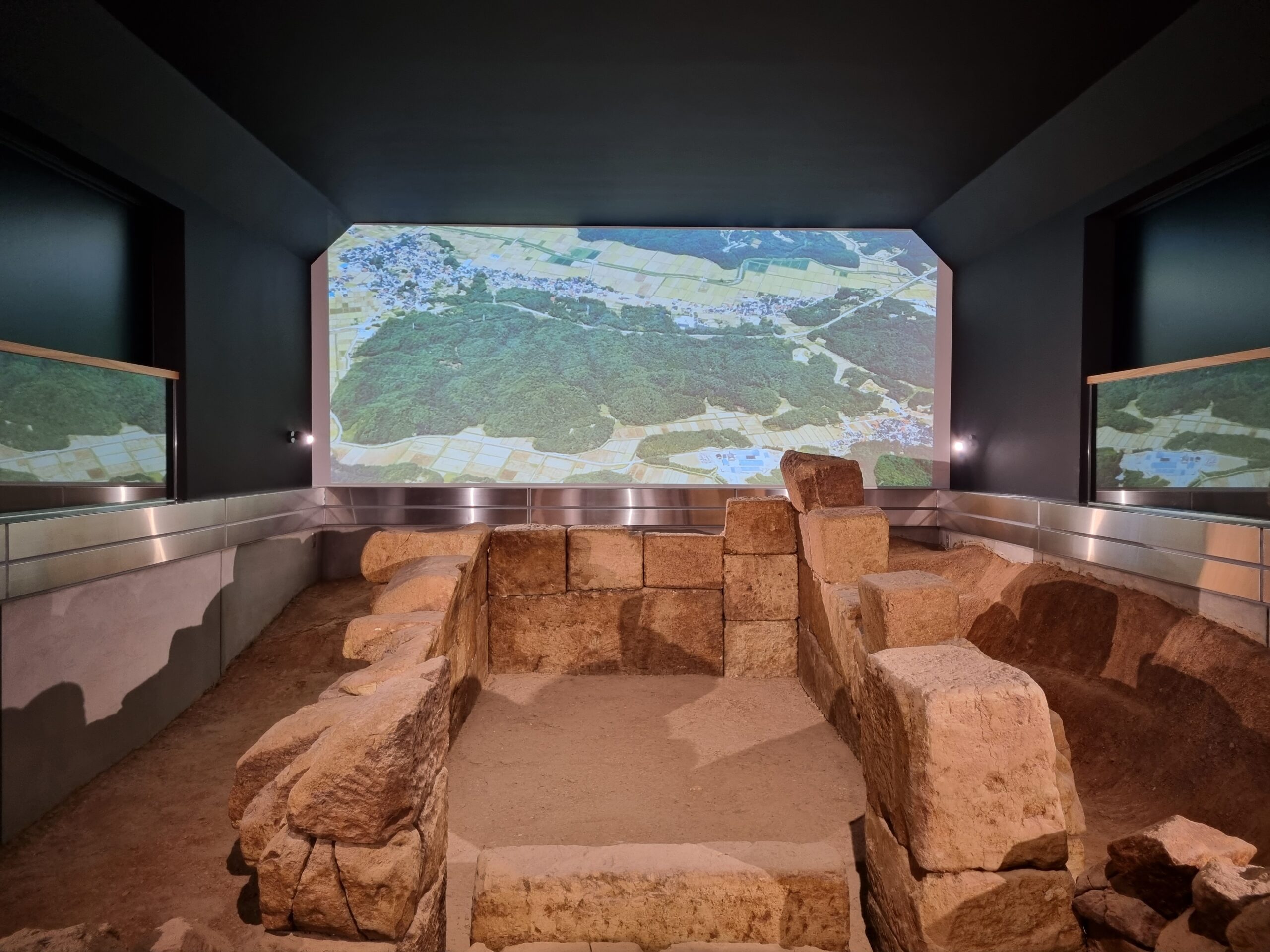
Kaga Kokufu Museum
Since clusters of burial tombs from the ancient eras were discovered in Komatsu, extensive excavation works and research has been poured into uncovering their secrets and stories. This museum presents those stories through not just artifacts, but two actual reconstructed tombs: one serving as the centerpiece of the museum, and another outdoors upon the adjacent hill, where clear views of Mt. Hakusan can also be enjoyed. Seasonal hands-on workshops are also offered!
Map -
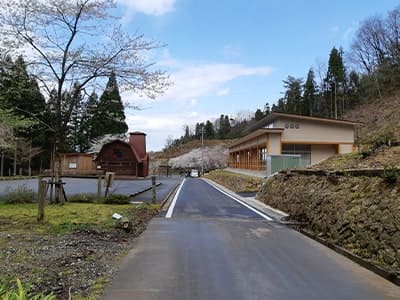
Satoyama Mirai Museum
Located at the entrance to the Yusenji Copper Mine Park , a museum built by the locals to tell the tale of the vibrant mining town that used to populate this mountainside. Reimagine the past through photos while engaging with the passionate local guides!
Map
Related Pages:
Memoirs of May: Festivals, Flowers & Food Mountain Road to Recovery (Part 1) -
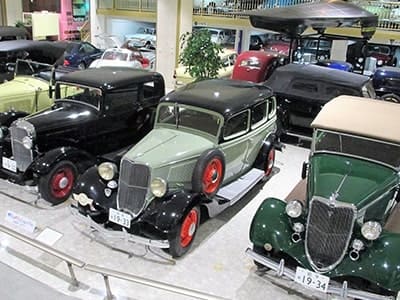
Motorcar Museum of Japan
WThe largest and oldest car museum in Japan! Not only will you find entire lineages of classic Japanese cars from the likes of Toyota, Nissan, and Mazda, but also world-famous brands such as Rolls-Royce, Mercedes-Benz, and Volkswagen, just to name a few.
Not to mention rare specimens of cars that once escorted royalty and celebrities, and those that appeared in films and anime, such as the Doraemon-shaped solar car “Solaemon” or the 2000GT Bond car.
With the cars on display constantly refreshed, it is always an exciting surprise what rare gem you may chance upon on your visit. Whether you are a car lover, a history buff, or simply want to get that photo with a famous car, it is sure to be a unique experience for everyone.
Hours: 9 AM – 5 PM (last entry 4.30 PM)
Closed: Wed (except Aug), 12/26-31
Admission: 1200 yen (600 yen for children)
Access: 30 min bus from Komatsu Sta., then 20 min walk / 15 min cycle from Awazu Sta. Map
Related Pages:
A haven for automobile lovers boasting a collection of over 500 cars (JNTO) Komatsu Share Cycle: A New Way to Explore Komatsu! -
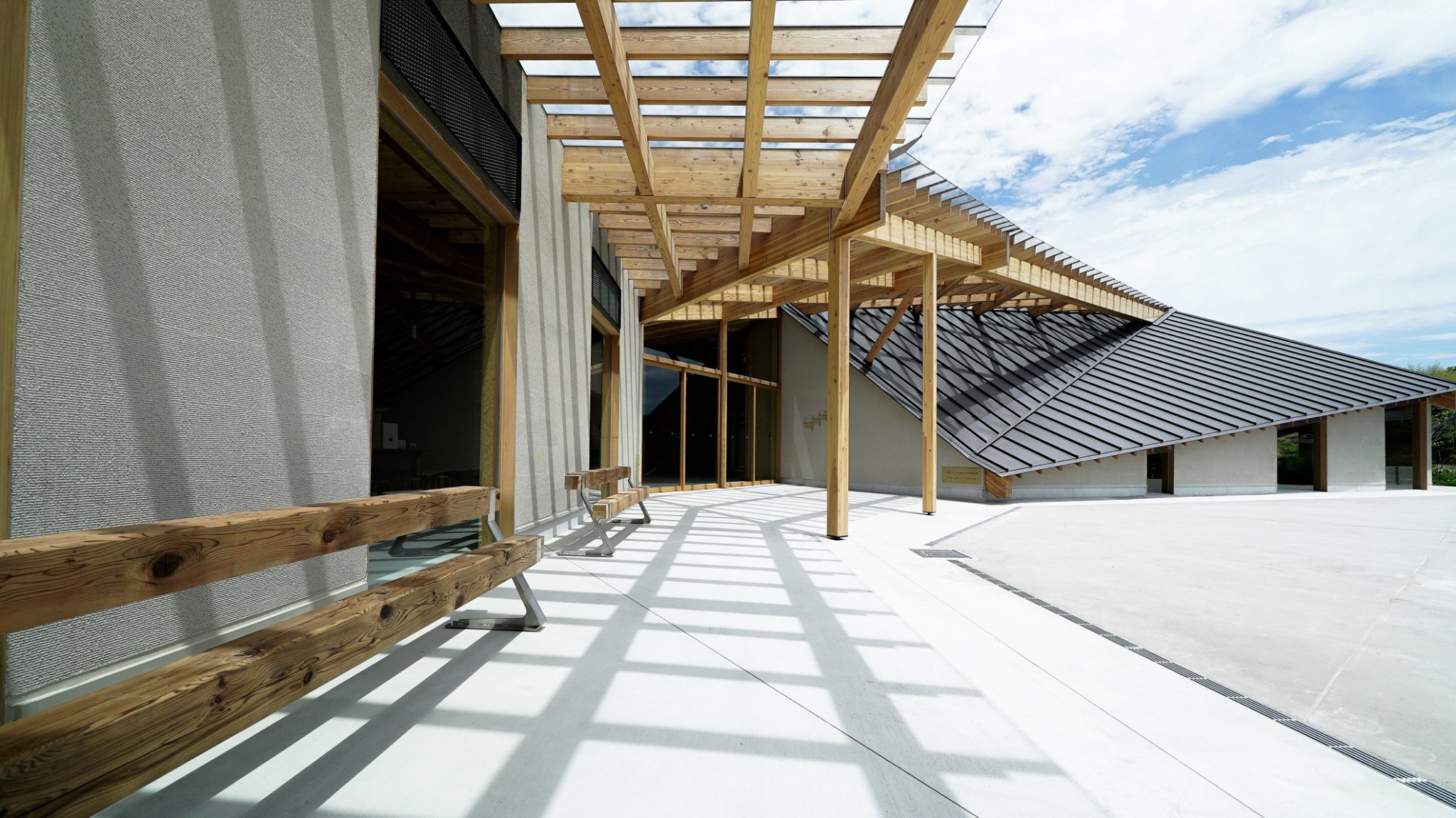
CERABO KUTANI
Komatsu’s latest hub for all-things Kutani! Designed by renowned architect Kuma Kengo, it gives a fresh modern look to a factory that has been churning out Kutani clay for over 60 years. Fusing the traditional and modern, just like the ever-evolving craft of Kutani Ware.
Map
At this one-stop complex, you can 1) observe the clay production process right in front of your eyes, 2) admire the latest creations of up-and-coming Kutani artisans (perhaps supporting them with a purchase of your favorite piece <3), and 3) get in touch with the craft, literally, through a hands-on workshop.
Related Pages:
Komatsu Share Cycle: A New Way to Explore Komatsu! -
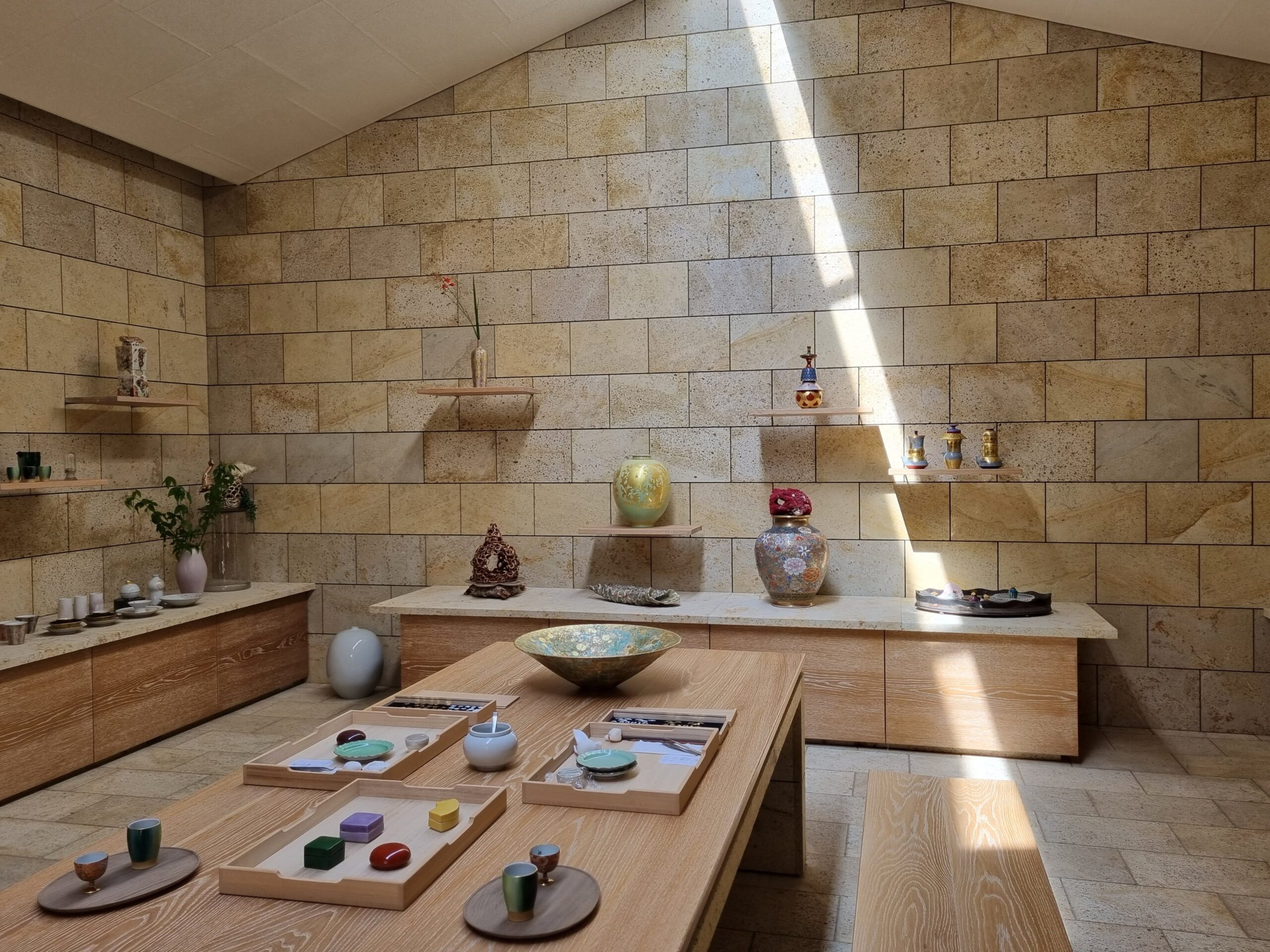
Kinzangama Kiln
The home studio of Living National Treasure Yoshita Minori, known for his breakthroughs in mastering the use of gold leaf for elaborate Kutani decorations.
With prior appointment, you can not only observe the current generation of artisans carry out the delicate handiwork of gold-leaf application in the studio, but also admire the kiln’s works of gold from past to present in the sophisticated MUTAN gallery, a work of art in itself constructed from local Kanagaso stone, and using purely natural lighting filtered in from above.
Small private workshops and dining events can also be arranged in this unique gallery space.
Hours: By appointment
Closed: Unfixed
Admission: Varies by request
Access: 15 min bus from Komatsu Sta. / 30 min cycle from Komatsu Sta. Map
Related Pages:
How to Explore Komatsu, Indoors!
-
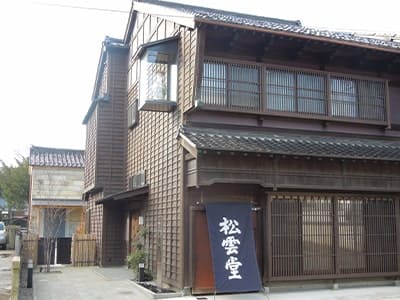
Shoundo Gallery
A traditional machiya townhouse reconstructed from a former Kutani studio. Most of the building was built up in the 1980s, and still retains that retro Showa atmosphere. Today it serves as a community space as well as one where visitors can relive the traditional aesthetic of the past, and in particular a preserved kiln where Kutani Ware were fired after painting.
Map
The stone warehouse out back is also a must-see! -
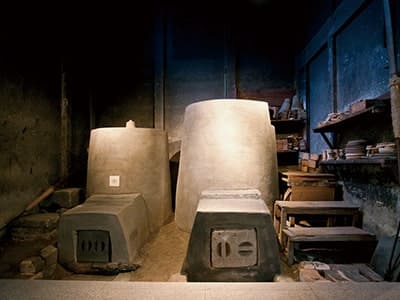
Nishikigama Gallery
The childhood home and studio of one of Komatsu’s reknowned Kutani artisans, Living National Treasure Tokuda Yasokichi III, given new life as a gallery displaying the works of him and his predecessors.
The machiya townhouse itself makes for a unique gallery space, overflowing with nostalgic charm. Dating back to the early 1900s and including an inner garden and stone warehouse, it will delight fans of traditional Japanese architecture.
Along with their ceramic works, you can also take close-up views of the preserved kiln in which the Yasokichi’s fired the pieces!
Hours: 9 AM – 5 PM (last entry 4.30 PM)
Closed: Wed, 12/29-1/3
Admission: 300 yen
Access: 10 min walk from Komatsu Sta. Map -
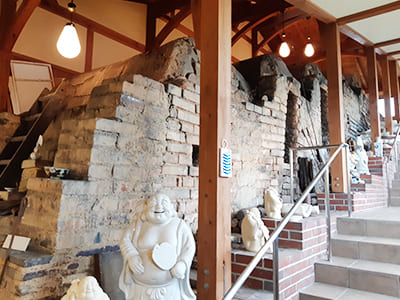
Noborigama Gallery
Stair-like climbing kilns called noborigama were the traditional style of kilns used to fire Kutani Ware until the mid-1900s. You can view and touch a preserved noborigama kiln in its entirety here, the last kiln that remained standing and operating in the Yawata area that once flourished as a Kutani center. Touring is free with reservation, and mould-shaping workshops are occasionally conducted for a small fee.
Map -
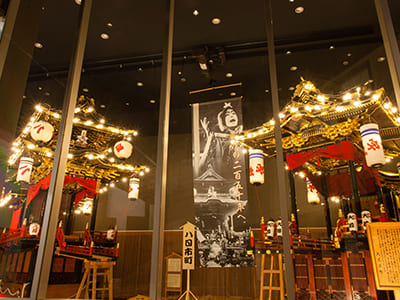
Hikiyama Gallery MIYOSSA
While the hikiyama floats of the Otabi Festival are only brought out of storage during the festival season in May, two of them are exhibited year-round in Miyossa. Visitors can take a look at the superior and sophisticated workmanship and admire their exquisite forms up close.
Map
Miyossa also plays host to a variety of kabuki related activities, include kabuki makeup, playing traditional instruments among many others. -
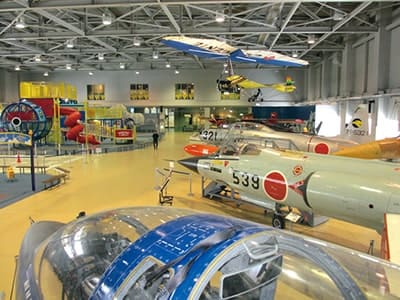
Ishikawa Aviation Plaza
Located right next to Komatsu Airport, the only museum on planes to be found on this side of Japan.
Not only do you get to surround yourself with entire arrays of actual planes that once took to the skies, but even immerse yourself in a flight simulator and test your potential as a pilot.
Plane enthusiasts will also find exclusive plane-related goods at the shop, including those of the well-known aerobatic team Blue Impulse.
Free to enter, so why not make a stop while you are passing through Komatsu Airport?
Hours: 9 AM – 5 PM
Closed: 12/29-1/3
Admission: Free
Access: 12 min bus from Komatsu Sta. to Komatsu Airport, then 3 min walk / 25 min cycle from Komatsu Sta. Map -
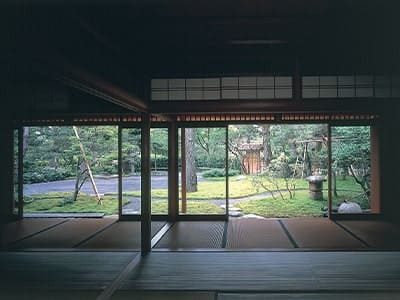
Sensoyashiki & Gen-an Teahouse
Komatsu flourished as a cultural hub under the rule of the retired Kaga Domain (present-day Ishikawa) lord, and one tradition that took root then was that of tea culture. Not only did Lord Maeda Toshitsune promote the first successful cultivation of tea in the whole of Hokuriku (by the Choboya Tea Shop), but he even invited the founder of the Urasenke school of tea, Senso Soshitsu, to serve as tea magistrate and promote tea culture among the people of Komatsu.
Map
This tea ceremony house was donated by Senso Soshitsu’s descendant, in honor of those historical ties. There are opportunities to experience casual tea ceremonies during public events, such as citizen’s tea ceremonies.
* Visits during regular periods is also possible with reservation (free of charge), however tea service will not be available.
Related Pages:
Tea Culture, Multicourse Kaiseki Feasts, and Kutani Ware -
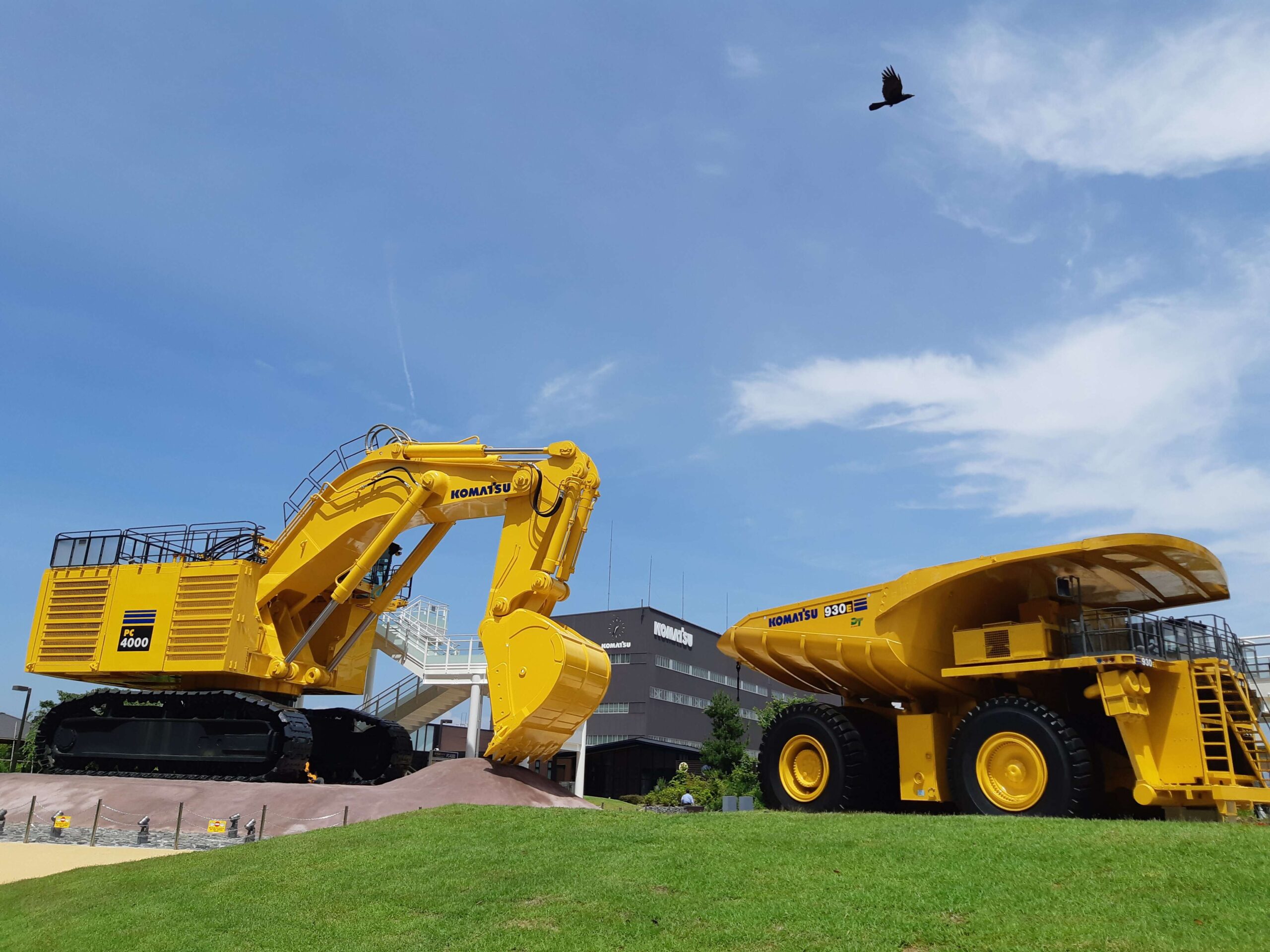
Komatsu no Mori
An educational park reborn from the former headquarters of world-famous machine-maker KOMATSU LTD. Found right by Komatsu Station, you’ll instantly spot the pair of giant KOMATSU vehicles displayed outside: the world’s largest dump truck, and the only giant excavator of its kind to be found in Japan. On certain days and times a week, visitors are allowed on board for an intimate experience of how it may feel like to operate one of these giants!
Seasonal sights from cherry blossoms to sunflowers can also be enjoyed in the surrounding park grounds, and those curious about the corporation itself can venture into the history museum where their story is told in detail through interactive panels (including English texts). Play areas and mini rides for kids can also be found in the Waku Waku halls opposite, as well as a small shop selling cute memorabilia.
Hours: 9 AM – 5 PM (Vehicle boarding: 10-11 AM, 3-4 PM)
Closed: Sun, Mon
Admission: Free
Access: 1 min walk from Komatsu Sta. Map -
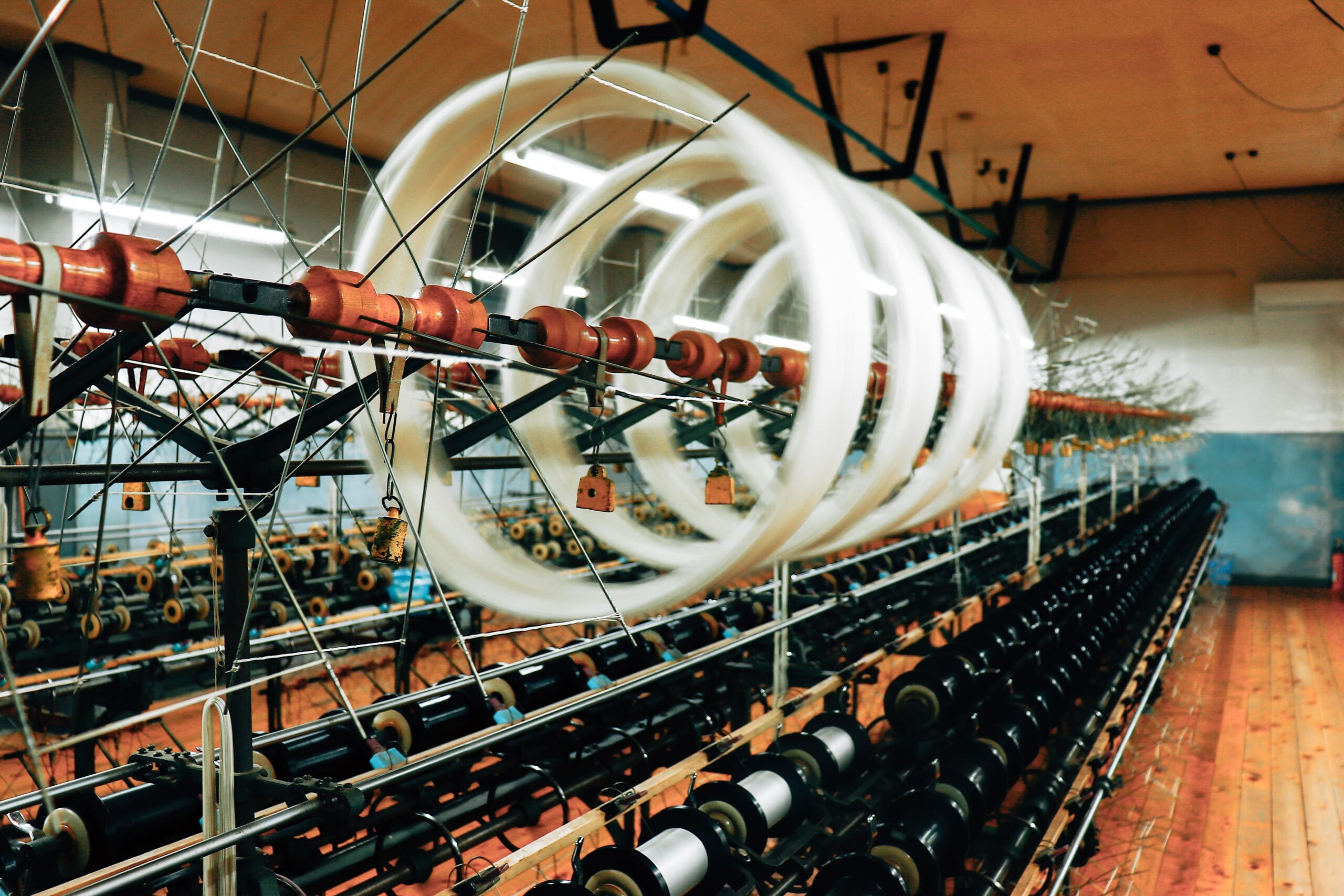
Ogura Fabrics
TThe only silk jacquard factory remaining in Japan, with over a century of history. (Jacquard is a technique in which designs are weaved directly into the fabric)
While the factory premises retains its retro atmosphere and analogue looms, the fabrics churned out are anything but dated: used by designer brands from all over the world, and making appearances at global stages such as the Paris Collection and most recent Tokyo Olympics.
Sign-up for their monthly tours for a chance to observe the veteran staff (with an average age of over 70 years) operate these antique machines with dexterity, as well as scour through their archive of designer commissions, each with their own rich story.
Hours: By appointment
Closed: Sun
Admission: Call for price (tour)
Access: 15 min walk from Komatsu Sta. Map



